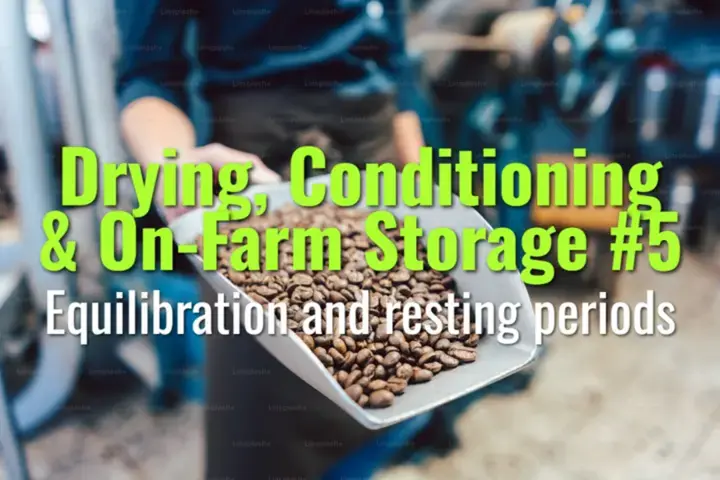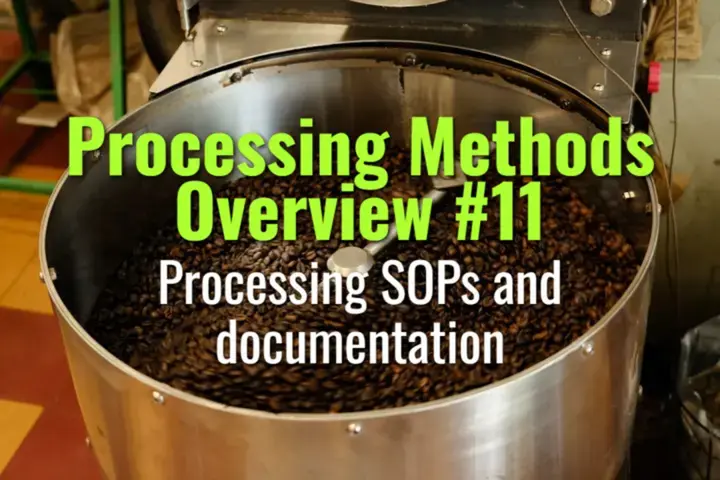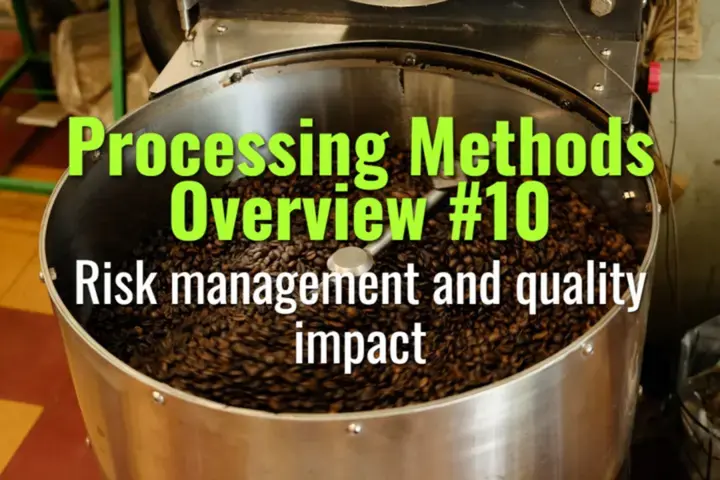
Equilibration and resting periods
This topic explains equilibration and resting periods in parchment coffee storage, how they stabilize moisture and flavor, and why they are essential before hulling and export.

This topic explains equilibration and resting periods in parchment coffee storage, how they stabilize moisture and flavor, and why they are essential before hulling and export.

This topic explains why uniformity and screen size are important in natural (dry) coffee processing, how they are managed, and their influence on cup quality and market grading.

This topic explains the main defect risks in natural (dry) coffee processing—phenolic, ferment, and mold defects—how they arise, and strategies for prevention.

This topic explains how controlling the drying rate and managing weather risks are essential in natural (dry) coffee processing to ensure stability, flavor quality, and defect prevention.

This topic explains the role of standard operating procedures (SOPs) and documentation in coffee processing, showing how they ensure consistency, traceability, and quality control across farms and mills.

This topic explains the risks involved in coffee processing, how they affect quality, and the strategies producers use to minimize defects while maximizing flavor potential.